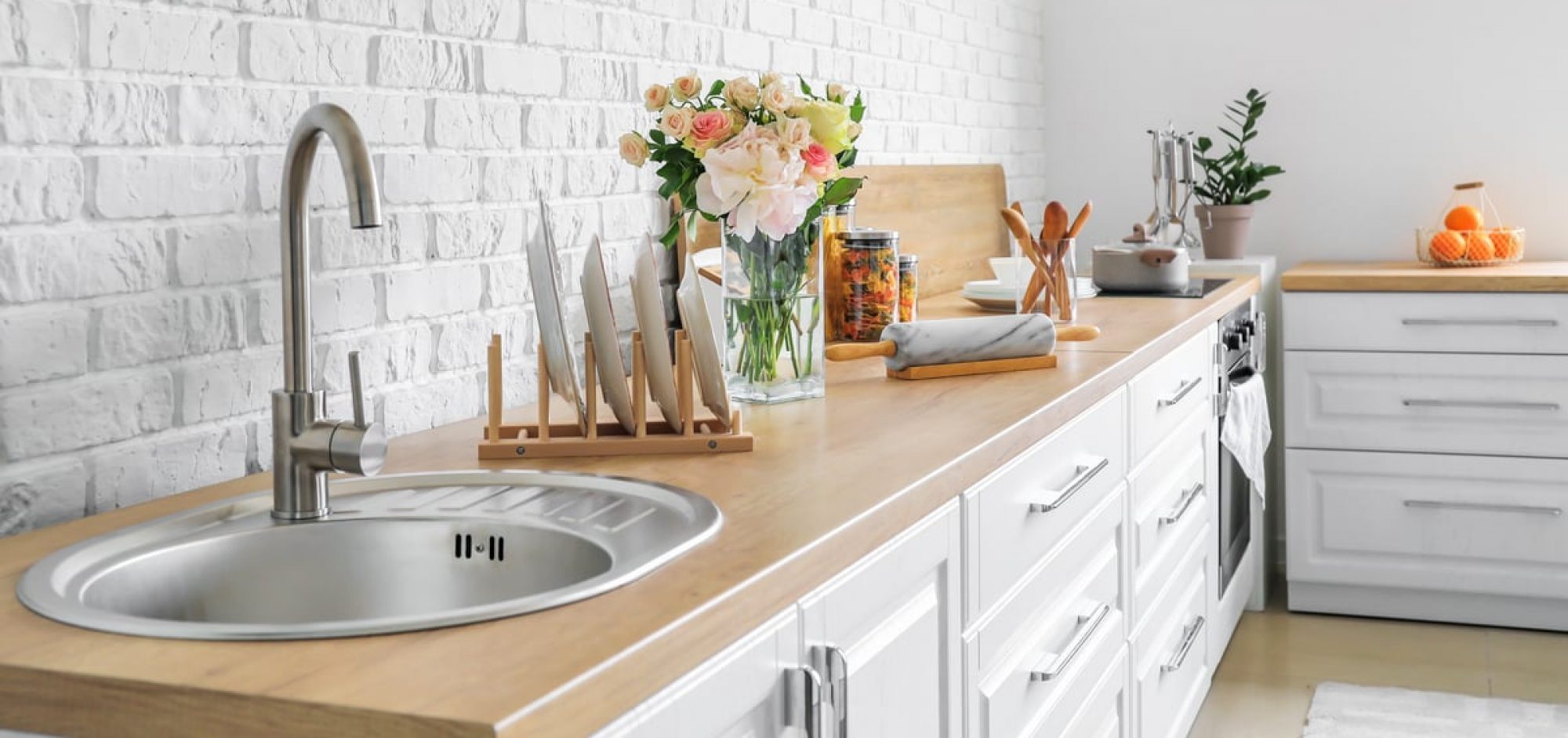As winter approaches, keeping your furnace in top condition becomes essential for maintaining a warm and energy-efficient home. Proper maintenance not only ensures consistent heating throughout the colder months but can also extend the life of your furnace, reduce utility bills, and help prevent unexpected breakdowns. Here are some tips on how to maintain your furnace in winter for optimal performance.
Start by checking and replacing the furnace filter regularly. Dirty filters are a common cause of reduced furnace efficiency and can restrict airflow, causing the system to work harder to heat your home. This added strain can lead to higher energy costs and potential damage to the furnace over time. Experts recommend replacing the filter every one to three months, depending on usage and indoor air quality needs. If you have pets or allergies, you may want to replace it more frequently.
Next, inspect the thermostat to ensure it’s functioning properly. The thermostat controls the furnace, so it’s essential that it’s accurately reading and regulating the temperature in your home. Test the thermostat by setting it to a temperature a few degrees higher than the current room temperature; if the furnace doesn’t turn on, there could be an issue with the thermostat. For programmable thermostats, confirm the settings are adjusted for winter temperatures to maximize energy efficiency.
It’s also crucial to keep the area around your furnace clean and clear. Items placed too close to the furnace can obstruct airflow and create a fire hazard. Sweep away dust and debris around the furnace, vents, and registers regularly to ensure proper airflow throughout the system. Blocked vents and registers can cause uneven heating and force the furnace to work harder, which may lead to overheating and increased wear on the system.
Scheduling a professional inspection is another vital step in maintaining your furnace during winter. A certified technician can perform a thorough inspection and tune-up to ensure all components, like the blower motor, belts, and burners, are working correctly. Technicians can also inspect the heat exchanger for cracks, which can lead to carbon monoxide leaks if not addressed. Ideally, this inspection should be done before the winter season, but if you haven’t scheduled it yet, it’s never too late to benefit from a tune-up.
Listening to your furnace can also be an indicator of its health. If you notice any unusual sounds, such as rattling, banging, or squealing, it’s a sign that something may be loose or wearing out. Addressing these sounds early can prevent minor issues from becoming major repairs.
Finally, monitor your home’s humidity levels. Running a furnace can sometimes dry out indoor air, leading to discomfort. Using a humidifier can help maintain a comfortable indoor environment and prevent static electricity, dry skin, and respiratory issues that often come with dry winter air. Whole-home humidifiers work well with forced-air heating systems and can be installed as an addition to your furnace.
By taking these steps to maintain your furnace in winter, you can ensure it operates efficiently, keeps your home comfortable, and avoids costly repairs. A well-maintained furnace is an investment in both your comfort and the longevity of your heating system, making winter a season to enjoy rather than endure.

